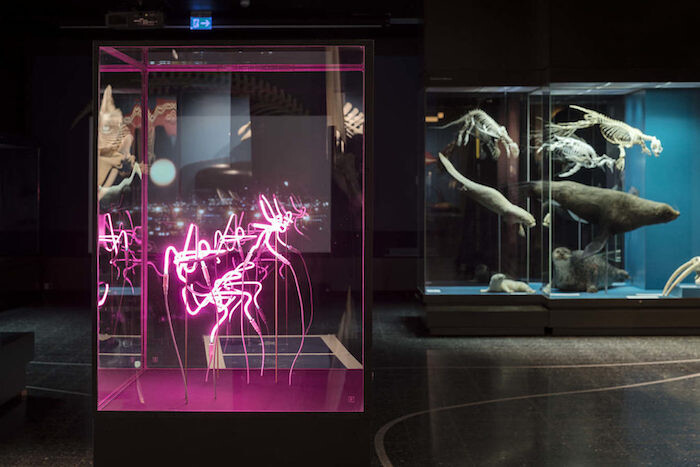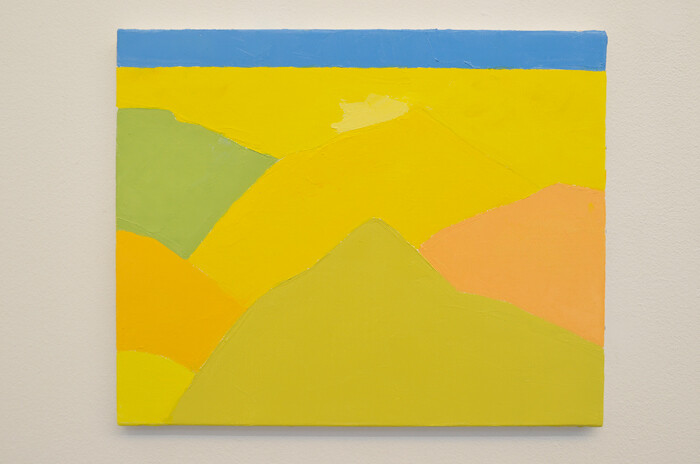Categories
Subjects
Authors
Artists
Venues
Locations
Calendar
Filter
Done
March 27, 2018 – Review
“Disappearing Legacies: The World as Forest”
Stefan Heidenreich

Museums are known today as natural habitats for art. But in Renaissance Europe, before their collections specialized in works of art, museums hosted cabinets of curiosities, with their awkward mixtures of rare and bizarre objects. In the eighteenth century, demand arose across Europe to open museum collections—typically owned by royalty, noblemen, and affluent merchants—to the general public. In most cases, artists created products better suited for exhibition than nature did, and over time art and nature museums parted ways. From here, one could almost write a biogeography of the museum as part of an ecosystem that provides space for exhibitable objects.
The term “biogeography” remains tied to the British naturalist Alfred Russel Wallace, a contemporary of Charles Darwin whose contributions to the theory of evolution, though eclipsed by those of his colleague, were pioneering. Yet their approaches differ on one very interesting point. While Darwin argued that competition is evolution’s main driving force, Wallace focused on the diversity caused by geographical separation. That is perhaps one reason why those who wish to encourage eternal struggle and competitiveness—be they capitalists, militarists, or racists—hold Darwin so dear. Today, Wallace is mainly known for the Wallace Line, which marks the boundaries between Asian fauna …
December 4, 2012 – Review
Etel Adnan
Steffen Zillig

Articles about Etel Adnan’s paintings tend to start with her impressive cultural breadth—with her Christian Greek mother, Muslim Syrian father, and the triangle of her travels. Born in Beirut in 1925, she studied philosophy at the Sorbonne in Paris, and later taught at San Rafael College in California, but with unflagging returns to Beirut and Paris. Adnan is a cosmopolitan woman, we learn, but she’s not a super-flexible global jetsetter: rather she’s loyal to the locations that have a place in her heart.
Most articles about Adnan’s paintings proceed at some point to her love for Mount Tamalpais in Marin County, California. Over the years she’s painted the mountain repeatedly, dedicated books and poems to it, and she even alluded to it in the small publication of Notes for Documenta 13: “You might think that love of nature is harmless,” she writes, “but no love is harmless. It can compromise the whole of existence and indeed it does.”
In most of the thirty-five or so of Adnan’s works currently on show at the Sfeir-Semler Gallery in Hamburg too, landscapes emerge from the areas painted in colors of varying brightness. And, even though the paintings are untitled, we know that they are still …